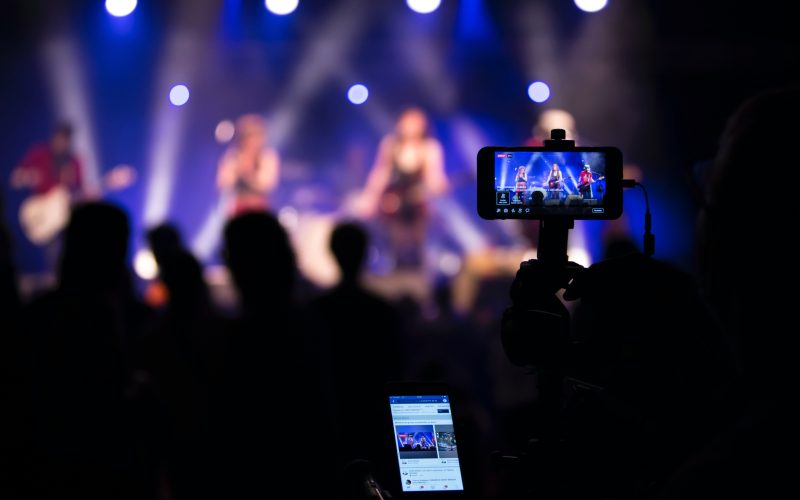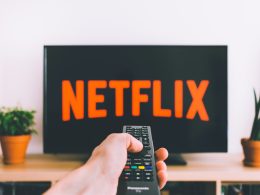In recent years, more and more people have been ditching their cable subscriptions in favor of streaming services. With the rise of platforms like Netflix, Hulu, and Amazon Prime Video, it’s easier than ever to access a wide variety of TV shows and movies without the need for a traditional cable subscription. But is cutting the cord really the best choice for everyone? In this article, we’ll explore the pros and cons of ditching cable for streaming services.
Pros:
1. Cost Savings
One of the biggest advantages of cutting the cord is the potential cost savings. Traditional cable subscriptions can be expensive, with many providers charging upwards of $100 per month for a basic package. In contrast, streaming services like Netflix and Hulu typically cost between $8 and $15 per month, making them a much more affordable option for many people.
2. Flexibility
Another advantage of streaming services is the flexibility they offer. With cable, you’re often locked into a contract that requires you to pay for a certain number of channels or services, even if you don’t use them. With streaming services, you can choose which platforms to subscribe to and cancel them at any time, giving you more control over your entertainment options.
3. No Equipment Required
When you sign up for cable, you typically need to rent or purchase equipment like a cable box or DVR. With streaming services, all you need is an internet connection and a compatible device like a smart TV, laptop, or smartphone. This can save you money and reduce clutter in your home.
Cons:
1. Limited Live TV Options
One of the biggest drawbacks of cutting the cord is the limited options for live TV. While some streaming services like Hulu and YouTube TV offer live TV options, they often come at an additional cost and may not include all the channels you want. If you’re someone who enjoys watching live sports or news, cutting the cord may not be the best choice for you.
2. Internet Dependence
Streaming services require a reliable internet connection, which can be a problem if you live in an area with spotty coverage or slow speeds. If your internet goes out, you won’t be able to access your favorite shows or movies until it’s restored. Additionally, streaming services can use a lot of data, which may be a concern if you have a limited data plan.
3. Content Rotations
Finally, it’s worth noting that streaming services often rotate their content, meaning that your favorite shows or movies may not be available all the time. While this may not be a big deal for some people, it can be frustrating if you’re in the middle of a series and suddenly find that it’s no longer available.
Conclusion:
Cutting the cord can be a great way to save money and gain more control over your entertainment options. However, it’s important to weigh the pros and cons before making the switch. If you’re someone who enjoys live TV or has unreliable internet, sticking with cable may be the better choice. On the other hand, if you’re looking for flexibility and cost savings, streaming services may be the way to go. Ultimately, the decision comes down to your personal preferences and needs.












